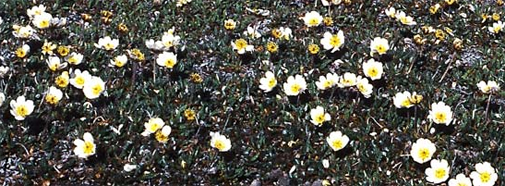Duration of the Younger Dryas event

The tree rings have it
Radiocarbon concentrations recorded in fossil tree rings suggest that the international calibration curve may be biased during the Younger Dryas cold event about 11,000 years ago, according to research published online in Nature Geoscience this week. The study indicates that atmospheric radiocarbon concentrations were highly variable at the time, making the conversion of radiocarbon ages to absolute dates difficult.
The Younger Dryas cold event was the last brief return to near-glacial conditions on the path from the Last Glacial Maximum to the current interglacial period. Raimund Muscheler and colleagues (including Anders Svensson from Centre for Ice and Climate) compared radiocarbon concentrations from tree rings to beryllium isotopes in Greenland ice cores, which are better dated. Both isotopes are produced by the same mechanism in the Earth's atmosphere. They matched the records to assign an age model to the tree-ring record.
The resulting time series suggests that a reduction of North Atlantic Deep Water formation led to changes in the measured radiocarbon ages of oceanic material such as Atlantic corals and deep-sea sediments. These marine records were used in the latest international calibration curve, which may introduce an age bias during the Younger Dryas interval.
Source: Nature
Read the full paper Tree rings and ice cores reveal 14C calibration uncertainties during the Younger Dryas or just the abstract.
